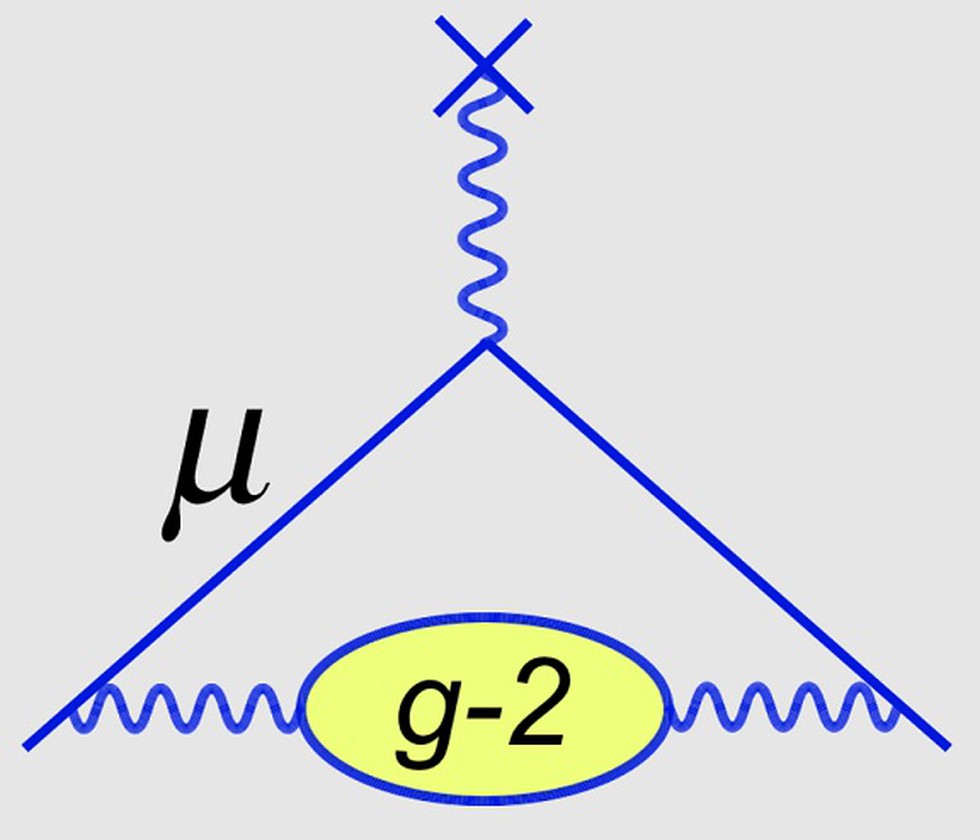About:
- The results of the experiment, which studied a subatomic particle called the muon, do not match the predictions of the Standard Model, on which all particle physics is based, and instead reconfirm a discrepancy that had been detected in an experiment 20 years previously.
- The experiment, called Muon g–2 (g minus two), was conducted at the US Department of Energy’s Fermi National Accelerator Laboratory (Fermilab).
What is the Standard Model?
- The Standard Model is a rigorous theory that predicts the behaviour of the building blocks of the universe.
- It lays out the rules for six types of quarks, six leptons, the Higgs boson, three fundamental forces, and how the subatomic particles behave under the influence of electromagnetic forces.
- The muon is one of the leptons. It is similar to the electron, but 200 times larger, and much more unstable, surviving for a fraction of a second.
Muon g–2 experiment
- It measured a quantity relating to the muon, following up a previous experiment at Brookhaven National Laboratory, under the US Department of Energy.
- Concluded in 2001, the Brookhaven experiment came up with results that did not identically match predictions by the Standard Model.
- The Muon g–2 experiment measured this quantity with greater accuracy.
What quantity was measured?
- It is called the g–factor, a measure that derives from the magnetic properties of the muon.
- The rate at which the muon wobbles is described by the g-factor, the quantity that was measured.
- This value is known to be close to 2, so scientists measure the deviation from 2. Hence the name g–2.
- The new experimental results (combined from the Brookhaven and Fermilab results) announced are:
- g-factor: 00233184122
- anomalous magnetic moment: 00116592061.
